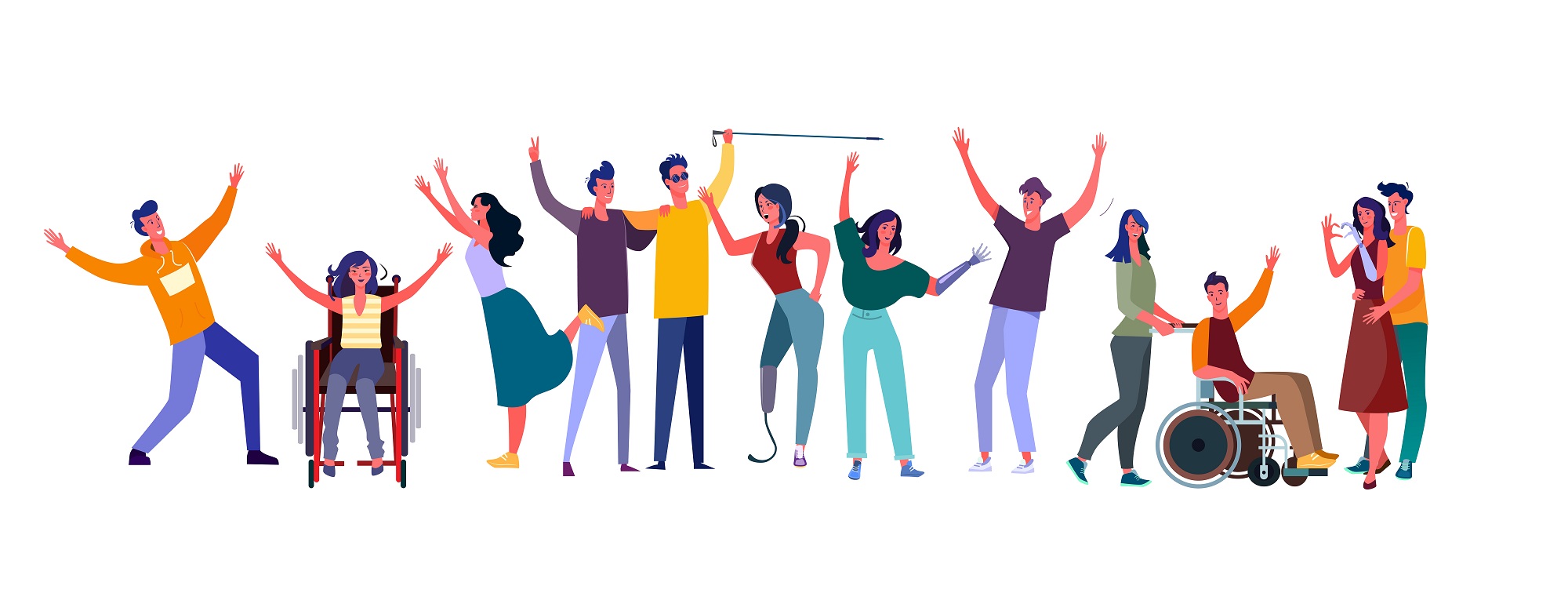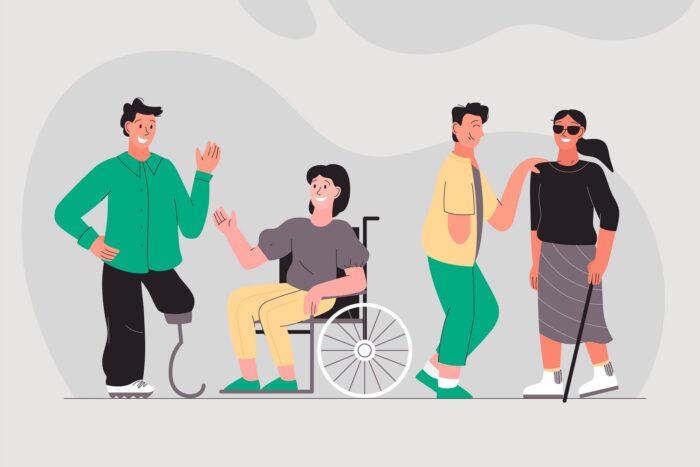
How to Accommodate Employees with Disabilities
February 5, 2019
Want to know how to freak out your HR folks? Tell them one of their managers has been failing to accommodate employees with disabilities.
Just like that, you’ll see them rushing to their computers to type up memos and frantically calling for sensitivity training.
Right off the bat, discrimination of any kind is wrong. Providing accommodations for workers with disabilities is simply the right thing to do.
But in addition to that, disability discrimination can get a company into a lot of trouble—fast.
So, if your workplace values equity for disabled employees and would also like to avoid the panic of a discrimination accusation, educating yourself and your managers on how best to accommodate those employees is key.
It Starts at Hiring
 You don’t just have to accommodate those employees with disabilities already working for you. You also have to accommodate those applying for positions at your company. Discrimination claims start at the application process, and it is important for every company to make efforts to ensure they don’t open themselves up to those accusations in the first place.
You don’t just have to accommodate those employees with disabilities already working for you. You also have to accommodate those applying for positions at your company. Discrimination claims start at the application process, and it is important for every company to make efforts to ensure they don’t open themselves up to those accusations in the first place.
- Provide accommodations for your applicants. Hopefully, this is common sense, but disabled applicants need to be given the same consideration as any other applicants, and they cannot be turned away purely because of their disability. Companies also have to be willing to make reasonable accommodations to their application process, including providing a sign language interpreter or conducting interviews in wheelchair-accessible buildings.
- Don’t forget the importance of job descriptions. When it comes to disability discrimination claims, the “essential functions” of a job will always come into play. These should be spelled out clearly on your job descriptions to avoid any confusion about what each job entails—and they should accurately represent what is truly essential to each position.
Understanding the Interactive Process
In California, we have the “Interactive Process” to assist in accommodating employees with disabilities. This means that you and the employee should work together to identify appropriate accommodations that can be made.
So, understand what you need to do for your employee. Whenever any employee with a disability makes a request for accommodations, the employer is required to work with them to establish:
- the ways in which their work may be hindered, and
- the potential accommodations that can be made.
When necessary, this process can include the request for the employee to provide further information from their doctor in regards to their work limitations. But communication must always be an integral part of the process.
“Reasonable Accommodations”
Reasonable accommodations are those that can be made to help an employee do their job, without unjustly disrupting the flow of business. Examples might include the ability to work from home for employees suffering from chronic pain, reassignment to desk duty for an employee who has recently suffered a severe leg injury, or written daily to-do lists for employees with learning disabilities that affect memory.
Accommodations are very personalized and have to do with both the disability and the type of work required. This is where the interactive process is important because it allows both the employer and employee to brainstorm potential accommodations together. When no reasonable accommodations can be made, reassignment and an extended leave of absence are both possibilities to consider.
Where Accommodation Ends
Having a disability does not give an employee carte blanche in the office (not that the employee sees it that way). If potential accommodations would be unreasonably expensive to your company, would greatly alter the flow of business, or pose a substantial risk to other employees, then the employer can claim undue hardship. Again, however, all attempts to find potential accommodations should be documented. But sometimes, those accommodations do not exist, and the employment relationship cannot continue.
Summing It Up
So, to recap, here’s what you should be aware of any time you are trying to create a productive, inclusive environment for an employee with a disability:
- Start by providing accommodations even for your applicants
- Clearly and thoroughly detail the essential functions in the job description
- Provide reasonable, appropriate accommodations depending on the nature of your employee’s work and disability
- Listen to your employee and hear their needs for a productive, accessible work environment
- If no reasonable accommodations are possible, consider reassignment to a more appropriate role if a disability is long-term, or an extended leave of absence if it’s likely temporary
- Have clear policies in place pertaining to the interactive process
- Require documentation at the moment of an initial request for accommodations, and document your efforts to provide them
Empathy, ongoing communication, and thorough documentation are the best ways to protect your corporation from disability discrimination claims—while providing a workplace that’s accessible to every employee.
Need some help setting up an accommodating work environment? We are always available to walk you through any questions you might have! Just reach out to us.
February 5, 2019

Comments are closed here.